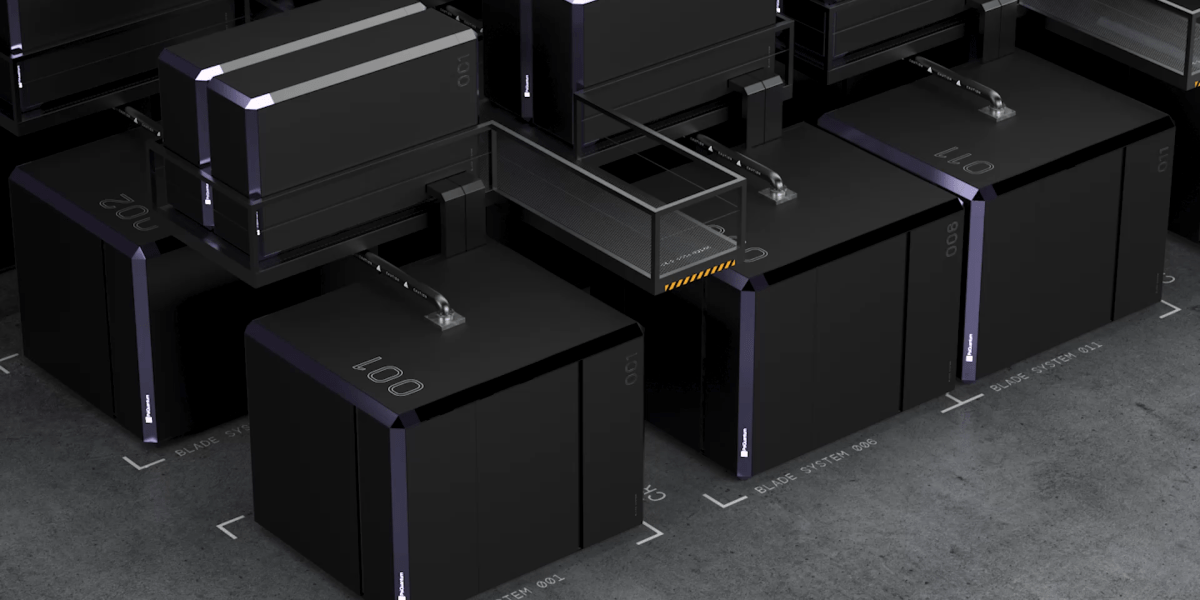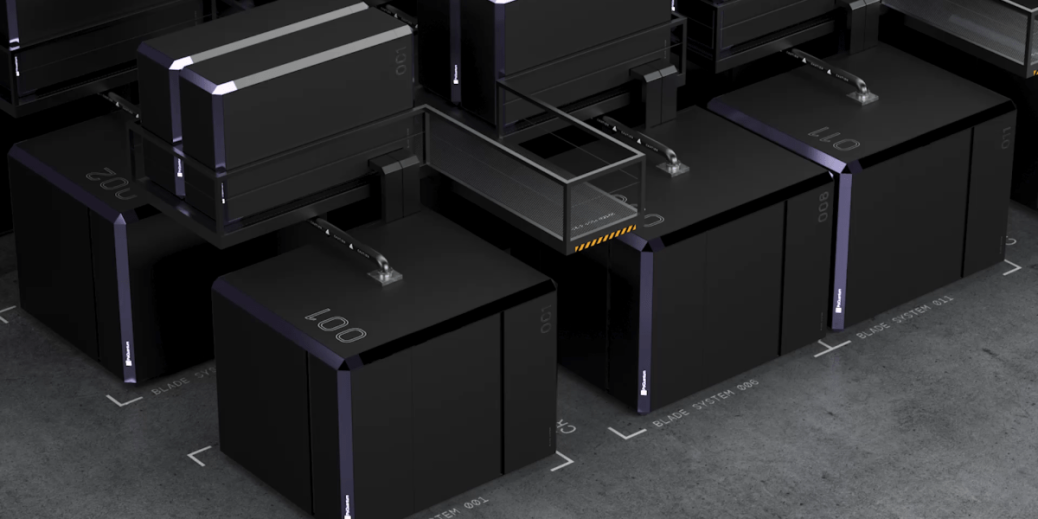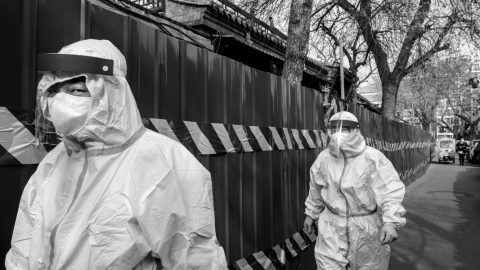
The company has opted not to build small-scale quantum computers (such as IBM’s Condor, which uses a little over 1,100 qubits). Instead it is aiming to successfully manufacture and test what it calls “intermediate systems.” These include chips, cabinets, and superconducting photon detectors. PsiQuantum says it is targeting these larger-scale systems in part because smaller devices are unable to adequately correct errors and operate at a realistic price point.
Getting smaller scale systems to do useful work has been an area of active research. But “just in the last few years, we’ve seen people waking up to the fact that small systems are not going to be useful,” says Shadbolt. “You have to build a big system with about a million qubits,” he says, in order to adequately correct inevitable errors. The approach conserves resources, Shadbolt says, because the company doesn’t spend time piecing together smaller systems. But skipping over them makes PsiQuantum’s technology difficult to compare to what’s already on the market.
The company won’t share details about the exact timeline of the Illinois project, which will be a collaboration with Argonne National Lab, University of Chicago, and several other Illinois universities. They do say they are hoping to break ground on a similar facility in Brisbane, Australia next year, and they hope that facility, which will house its own large-scale quantum computer, will be fully operational by 2027. “We expect Chicago to follow thereafter in terms of the site being operational,” the company said in a statement.
Significant hurdles lie ahead. Building the infrastructure for this facility, particularly for the cooling system, will be the slowest and most expensive aspect of the construction. And when the facility is finally constructed, there will need to be improvements in the quantum algorithms run on the computers. Shadbolt says the current algorithms are far too expensive and resource-intensive.
The sheer complexity of the construction project might seem daunting. “This could be the most complex quantum optical electronic system humans have ever built, and that’s hard,” says Shadbolt. “We take comfort in the fact that it resembles a supercomputer or a data center, and we’re building it using the same fabs, the same contract manufacturers, and the same engineers.”





Recent Comments